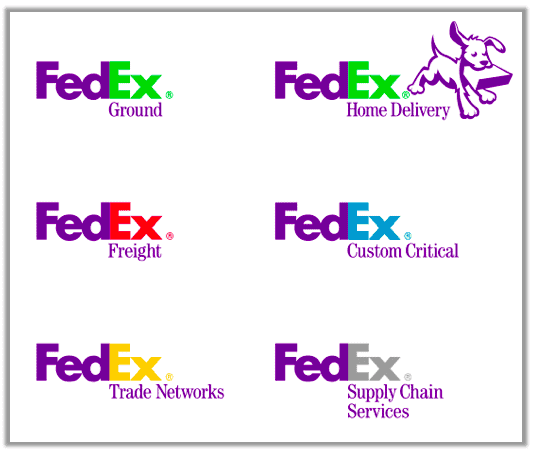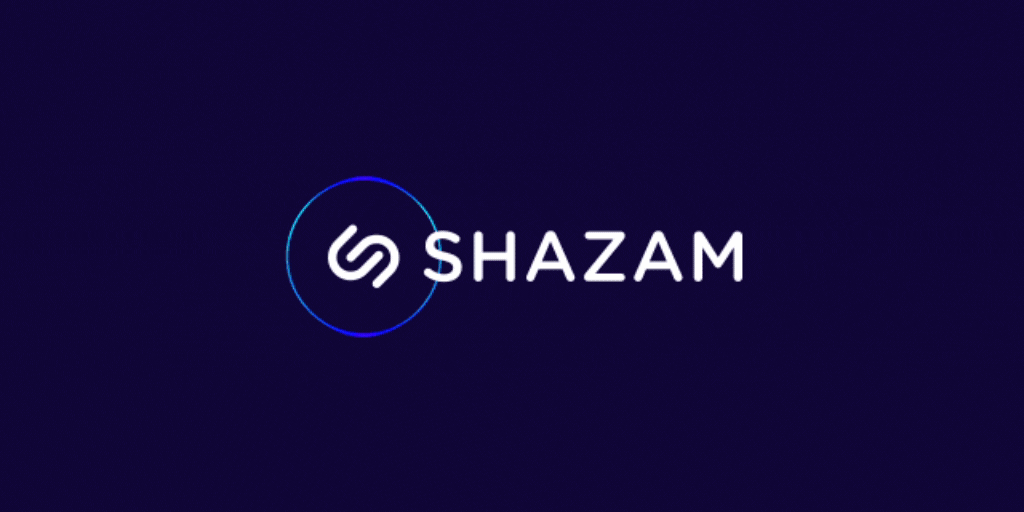
You need a logo that communicates your business’s values and serves as a way to identify your brand. But you need more than that—you need a logo that can do the most for your brand.
Enter: The dynamic logo.
There are various kinds of logos, but in this post, I’m going to cover what a dynamic logo is, why you should use it, and how to create a dynamic logo design in minutes.
A dynamic logo can adapt and shift according to the context it’s being used in. Unlike static logos, dynamic logos are meant to transform depending on their environment.
It could be that a specific aspect of the logo changes (like the orientation of an icon or placement of colors), or that the entire design gets an overhaul each time the logo is presented.
It’s important to remember that the core elements of your logo should always remain consistent. Whether that’s the font, icon, or color palette, there should be elements that remain constant so people can recognize your brand no matter what.
That’s what separates dynamic logos from just, well, throwing a bunch of unrelated logos together and calling them “dynamic.” See the difference?
You’ll have different variations of your core logo, and it’ll serve as the blueprint for your other dynamic logos.
A dynamic logo adds to your brand identity. It’s a chance to show off your creativity while fulfilling the desire for variability. Having a dynamic logo is also a way to make sure that your brand mark is visible in all the ways it possibly can, which allows you to scale your overall brand.
You’ll showcase your logo on different devices and places. By using a dynamic logo, you can have it respond to whatever device or place it’s on. Your core logo may be used on business cards and your website homepage, but you’d alter it or shrink it down for your Instagram profile picture.
Elements are being adjusted while still retaining the messages and core visuals regardless of where your logo is.
Let’s say your internet branding strategy involves showing off your expertise in your niche, but offline, you want the focus to be on how wholesome your business is. A dynamic logo can convey both of these qualities.
Different versions of a logo give the impression that your business has more than one strength. It proves that you’re engaged with the current times while also remaining true to who you are as a business.
FedEx is a great example of a company using dynamic logos right. The subtext under their business name changes as does the color of the text. The playful dog delivering a package is also a nice touch for home delivery service.

Unlike static logos, your employees, team, family, or friends can help come up with ideas for the different versions of your dynamic logo. It’s important to bounce ideas off other people you trust to ensure your dynamic logo grabs attention and is memorable, but not veering too far off from the original design.
Your logo can impact the way your brand is perceived, and a dynamic logo can help take your brand to new heights. And, once your brand becomes more well-known, your audience will begin to look forward to seeing what you come up with next.
As an example of a company that utilizes a dynamic logo effectively, Google stands out. They have a different logo for almost every occasion and fans anticipate a new logo and are hardly ever disappointed!
Just look at what they did for Veterans Day 2021:

And Google designed a fresh new look for Earth Day 2021, too:

Google even designed a special doodle for Grandparents Day in 2021:

So now that you know what it is and why you should use it, let’s cover how to create a dynamic logo.
There are various design elements that go into making a logo, including image, color palette, icon, and movement.
Images play a big part in your dynamic logo. It’s oftentimes the most recognizable part of a logo, meant to depict the brand in a single image.
AOL and Nickelodeon are famous for this. The children’s TV network, for example, uses a different icon for each show but keeps the energetic orange and playful font consistent throughout. Doing so speaks to the brand’s fun side while remaining instantly recognizable with every version of their logo.

MTV uses color change effectively, alternating the colors of the “M” and “TV” in each version of their logo. The ability to change their color palette allows MTV to stay as creative and diverse as the music they play.

To promote tourism to the Nordkyn peninsula (which sits at the top of Europe), a dynamic logo was created to model the region’s changes in wind direction and temperature. On the tourism website, the logo icon switches shape, color, and orientation every 5 minutes based on current meteorological data.

Adding movement to your logo makes it dynamic in real-time, as it changes right in front of your customers’ eyes! It’s a great way to make your logo pop across multimedia and give the impression that you’re a forward-thinking, creative brand.
Shazam, an app that identifies songs based on a small clip, uses motion in their logo to represent a speaker that’s constantly playing, indicating that with their product, the music never stops.

Some elements of your core logo should be preserved in every version of the mark. Remember, the point of a logo (dynamic or otherwise) is to represent your business. While having an attention-grabbing dynamic logo is important, what’s arguably more crucial is keeping it in the brand family.
Simple logos focus on highlighting the most important parts of a brand’s personality. This includes focusing more on aspects like colors and fonts as well as on distilling ideas into their simplest form. You don’t want a logo that’s overcrowded and busy. Keeping it simple will ensure you have a winning logo.
A good dynamic logo can be used in a variety of ways, shapes, and situations. Choosing a logo that can be resized, printed, or placed on different media will make your brand more visible to your target audience. One of the easiest ways to make your logo more versatile is to think about where you’ll use it (business cards, social media, website header, merchandise, etc).
It’s fun, it’s cool, it’s intriguing, but a dynamic logo isn’t for everyone. As you’re deciding on the type of logo you want to create for your business, remember the following:
Standard logos are still the go-to type of logo, especially when your goal is to create a perception of timelessness and continuity surrounding your brand. That being said, dynamic logos allow you to constantly innovate, which may be in line with the perception you want others to have of your business.
Bear in mind that customers will interact with your brand at different points in time or through various mediums, and whatever logo they see will likely be the only one they associate with your brand. Because of this, every variation of your logo needs to have a backbone supporting your entire brand in one shot.
Be absolutely sure what your brand message is before designing variations of a logo that will communicate it. If you’re uncertain about what you’re trying to say with each version of your logo, it’s best to not say it at all!
Now that you have all the info you need to make a dynamic logo, it’s time to get started! Use our logo design tool to create your core logo, and you can experiment with logo variations in our design suite.
This portion of our website is for informational or educational purposes only. Tailor Brands is not a law firm, and the information on this website does not constitute legal advice. All statements, opinions, recommendations, and conclusions are solely the expression of the author and provided on an as-is basis. Accordingly, Tailor Brands is not responsible for the information and/or its accuracy or completeness. It also does not indicate any affiliation between Tailor Brands and any other brands, services or logos on this page.
Products
Resources
©2025 Copyright Tailor Brands